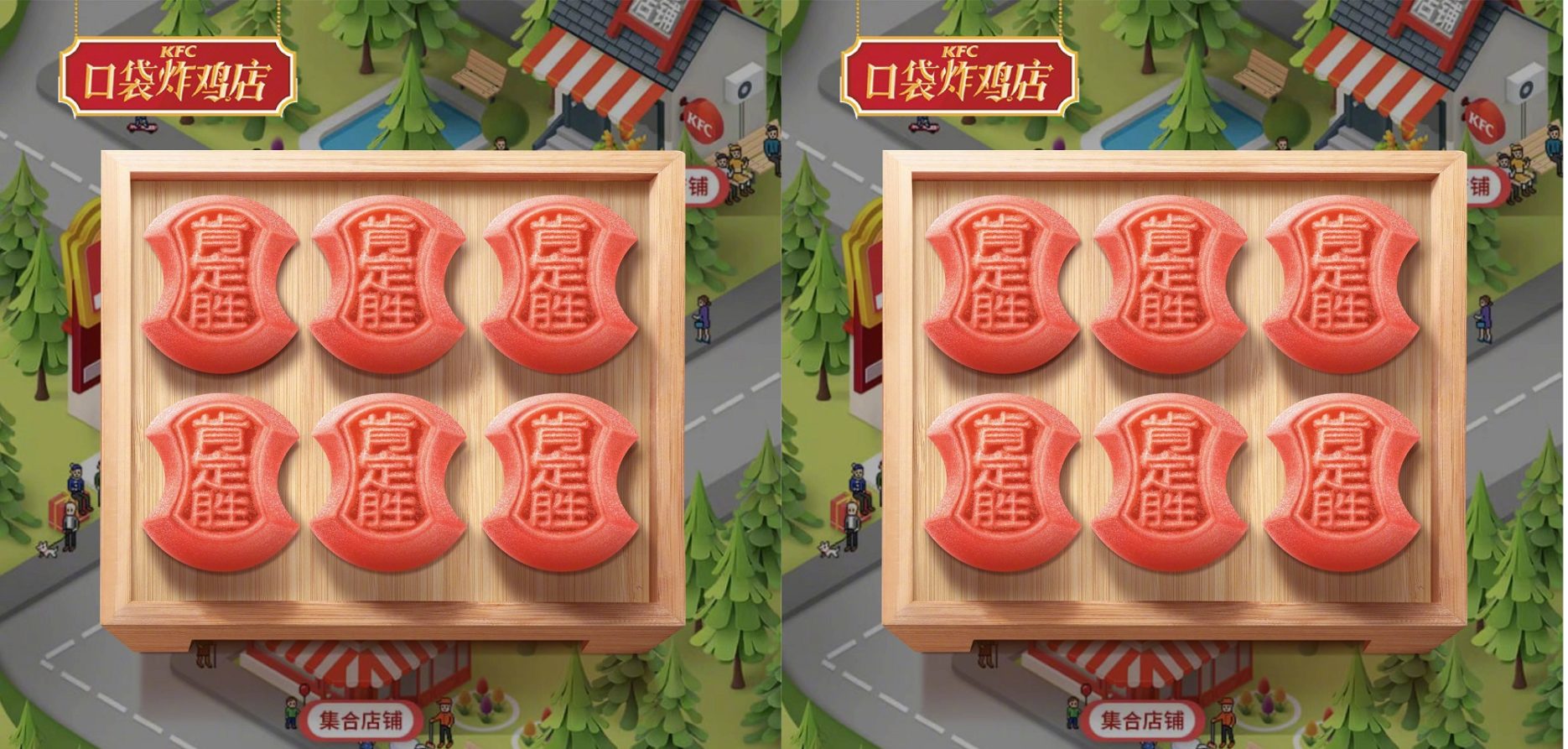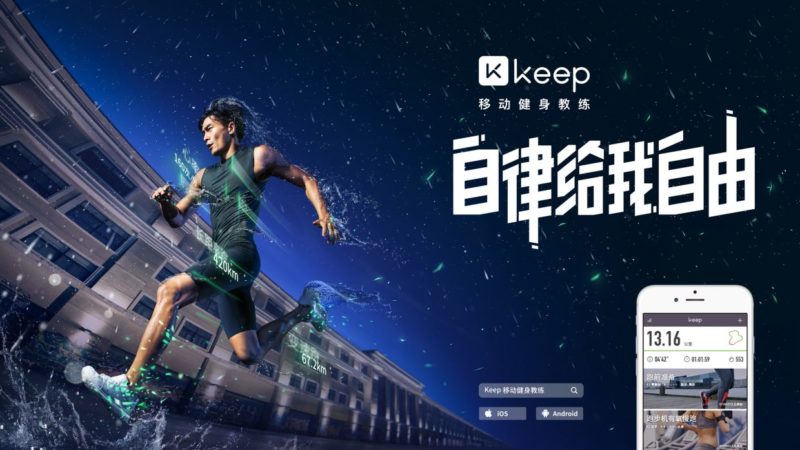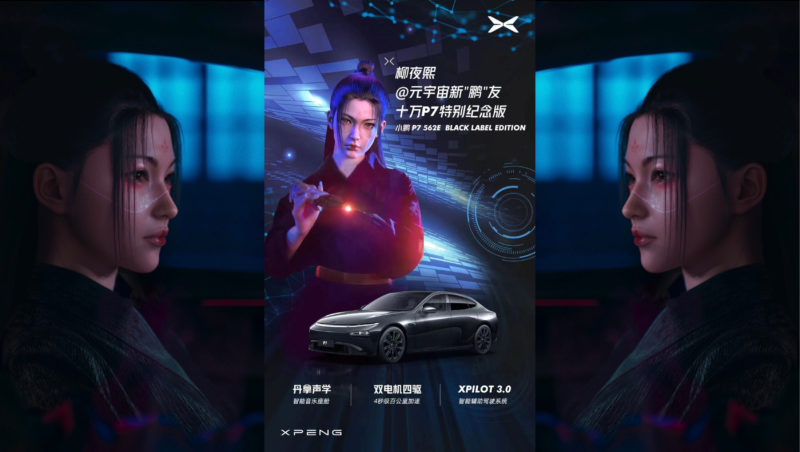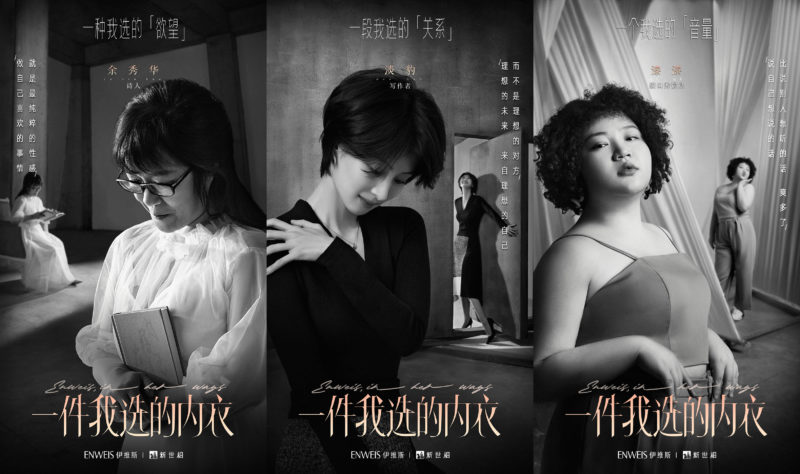Key takeaways
- KFC’s collaboration with Zhiweiguan to sell Chinese traditional cakes to gaokao test takers is a prime example of successful culture marketing.
- Surprisingly, few Western companies have seized this marketing opportunity – perhaps because of its seemingly niche market. However, this is subject to change if brands find ways to properly align themselves with the current Gen Z market.
- Timing is important. Some brands may thrive from sales during the gaokao period, while others will see better results from the “post-gaokao economy” – a time in which parents purchase digital and beauty products as a way to reward their children’s efforts.
A record high of 12 million Chinese students flocked to examination rooms on June 7 and 8 to take China’s notoriously challenging National College Entrance Examination (also known as “gaokao”).
Given the gaokao’s significance, several homegrown companies in China have produced campaigns year after year in order to show their support while embracing it as an auspicious marketing opportunity. Past marketing strategies have included offering services or products that help make students’ lives as stress-free as possible during the gruelling examination period.
Few Western companies have seized this marketing opportunity – perhaps because of its seemingly niche market.
Other strategies have included harnessing the power of social media, such as streetwear brand Peacebird who racked up 5 million views on Weibo on its nostalgic film about the gaokao experience.
Surprisingly, few Western companies have seized this marketing opportunity – perhaps because of its seemingly niche market. However, this is subject to change if brands find ways to properly align themselves with the current Gen Z market. So far, the past few years have seen McDonald’s expanding their working hours to serve meals around the clock and Starbucks rewarding students with free frappuccinos in exchange for admission tickets.
So, what did KFC do to stand out from the crowd?
Infusing Chinese characteristics into Western brands
On June 6, KFC released a video advertisement campaign highlighting a range of inspirational stories of people from different age groups who channel their inner strength and resilience in order to overcome their hardships. From the yogi mastering her pose to the student nailing his test, the heartening message of a “sure victory” powerfully echoes throughout the advertisement.
The heartening message of a “sure victory” powerfully echoes throughout the advertisement.
While revelling in their success, each person sinks their teeth into a delectable Dingsheng cake, which is the product jointly launched by KFC and Zhiweiguan (a time-honoured Chinese food brand) for this campaign. Engraved on every reddish fluffy cake stuffed with red bean paste is the same inspirational message of a “sure victory” as seen in the advertisement.
Dingsheng cake hails all the way from Hangzhou, and to this day it remains one of the lesser-known delicacies of China. The name itself means “victory” and its reddish colour symbolises triumph. It was first created in the Southern Song Dynasty (AD 960-1127) to encourage soldiers of the Yue army to defend the Southern Song against invaders from Northern China. Now it is a common gift given to students taking the National College Entrance Exam. The fact that KFC managed to integrate Chinese tradition into its menu goes to show just how connected they are to its consumers.
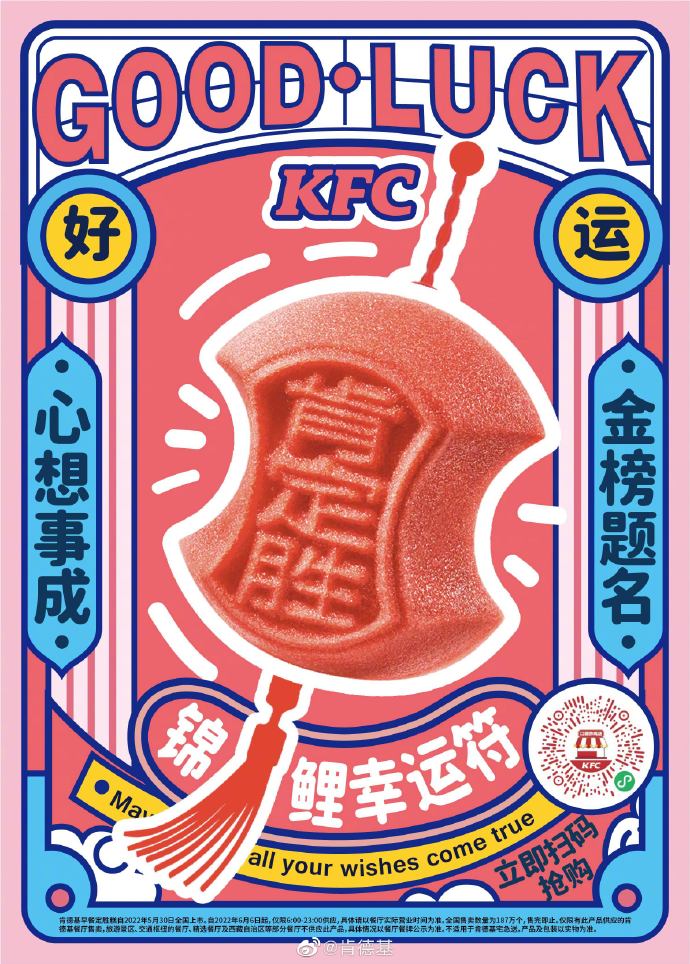
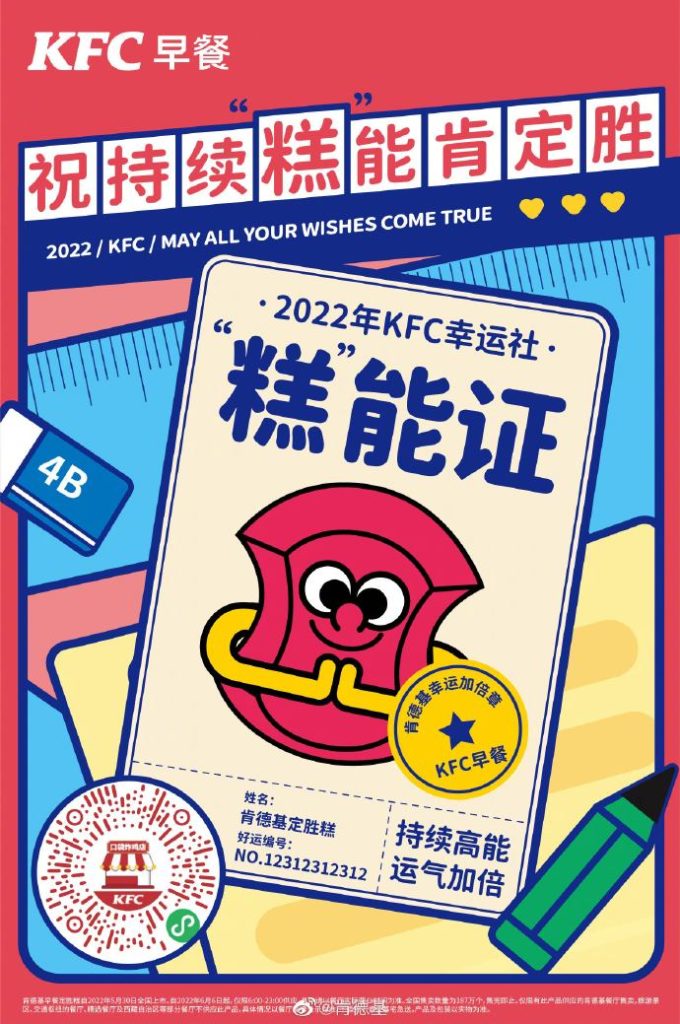
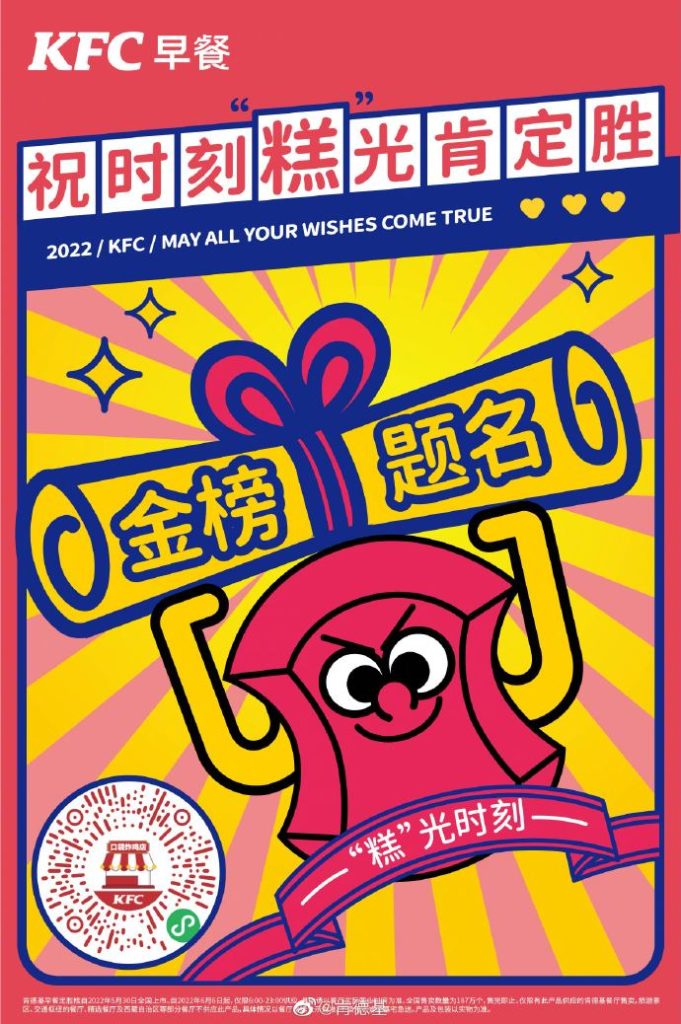
Not only did the fast-food restaurant launch a traditional Chinese pastry with cultural meaning, but they also created colourful signs and lucky charms conveying “good luck” messages to all test takers.
The importance of culture marketing
KFC established itself in China at a time when Western-style fast-food restaurants were largely unknown. Through trial and error, they devised a blueprint that catapulted them into the success story that they are today, which involved turning KFC into a brand that would be perceived as part Chinese. They understood that food is at the very heart of Chinese society and that an abundance of flavours would be necessary in order to win over customers.
Compared to the aforementioned examples of McDonald’s and Starbucks, KFC’s marketing strategy stands out from the crowd in the sense that it adheres to deep-rooted cultural aspects of Chinese society. The integration of traditional Chinese pastries into their foreign fast-food menu was done so seamlessly and effortlessly that it could be easily overlooked. All things considered, though, there is clearly a reason why KFC remains to this day a beloved brand throughout the country.
KFC’s marketing strategy stands out from the crowd in the sense that it adheres to deep-rooted cultural aspects of Chinese society.
Timing is key to success
While some brands may thrive from sales during the assessment period, others will see better results from the “post-gaokao economy”. Every year following the national exam, there is a significant rise in tourism as well as the beauty sector. Last year, Pinduoduo witnessed a sudden surge in mobile phones, computers, and other digital products. Parents around this time wish to reward their children for all their hard work or prepare them for college, which leads to graduation gifts and trips galore. Not only can fast-food giants make the most of this phenomenon, but companies from different industries can equally benefit from the booming “gaokao economy”.
Overall, KFC’s gaokao campaign in partnership with Zhiweiguan reflects the deep cultural ties it has established in China and paves a promising path for brands willing to do the same.




